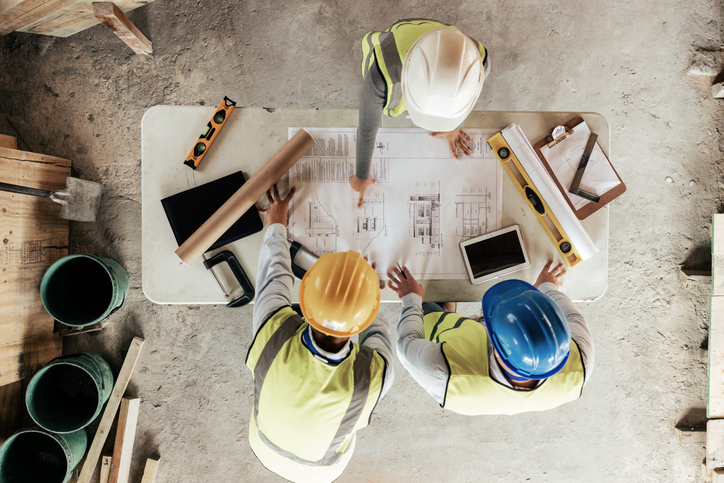The plan
Labour are going full steam ahead with their planning for 1.5million more houses to be built before the next election. The plan feeds into their aim for growth in Britain and kickstarting the economy with more people able to get onto the property market, more jobs for those involved in the process of building houses and an emphasis on affordable property.
What is the Housing Crisis?
The housing crisis in the UK means that too many people in the country are unable to truly afford somewhere to live and have no access to safe shelter.
The crisis is that there are around 145,800 children in homelessness accommodation.
As inflation rose and the cost of living crisis spread it meant more and more people were unable to afford a safe, decent living situation and this carried across to the housing market where house prices rose, rent prices rose along with bills and general living costs.
Now, the housing market sees a limited supply of houses for a large demand of first time buyers trying to get onto the property ladder. With mortgage rates still high at 5.25% this still leaves many people unable to buy a house and many looking for cheaper ones which are limited.
How will building more houses help the economy?
The government hopes that with 1.5 million new homes this will increase the supply of property including affordable options for those trying to get onto the property market. Currently first time buyers are feeling defeated by the market will mortgage rates so high it makes getting a mortgage and affording a deposit almost impossible for many.
There are not enough houses to fill the demand so 1.5m houses will hopefully rectify that. Labour are trying to solve the housing crisis with their housing reforms.
Planning permissions become complicated due to ‘green belt’ land areas which limits the expansion of towns and cities.
In 2023 there was 13% of land area in England which was restricted from having any building on it.
Labour will be enforcing a new category of ‘grey belt’ land which will comprise of lower quality land nearby existing developments, roads, petrol stations and car parks. With the aim of creating more affordable housing
Local authorities will be given mandatory targets for building with the aim for 370,000 new homes a year.
With new home owners comes more people paying into the economy as they pay off their mortgage, increase spending in various retail stores to decorate, more household bills being paid and more. The economy will benefit from extra spending in these areas.
Could more houses mean higher prices?
With more homes being built and an emphasis on affordability this could also mean that those homes built on better quality land and in nicer areas could then increase in value.
Zoopla report that 195m homes have increases in value by over 1% in the first half of 2024 with an average of £2,400 more.
House prices are expected to rise by 1.5% by the end of 2024.
The mortgage rate also factors in as with more homes being built, more people will be deciding to take out a mortgage which in turn supports lenders. Could this help with the decision for the Bank of England to lower rates? This would support more people being able to afford a house in 2024, we will find out today if the bank of England will be lowering the mortgage rates. The Bank of England has officially lowered their rates to 5%. This is a critical moment for the UK economy.
So, building 1.5m more houses will provide more affordable housing options to those who have a smaller budget and especially for first time buyers. However, there is the risk that a greater divide on prices will emerge making current, sought after homes and areas become essentially, premier listings with higher prices.














